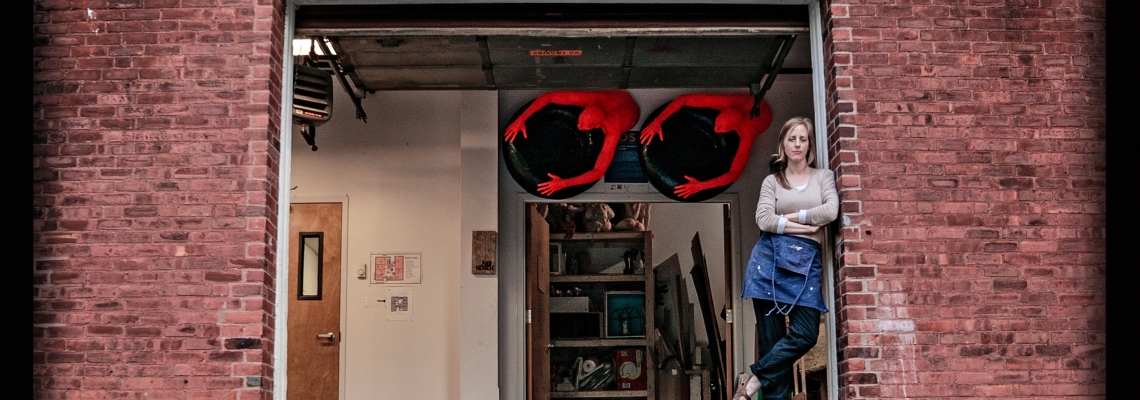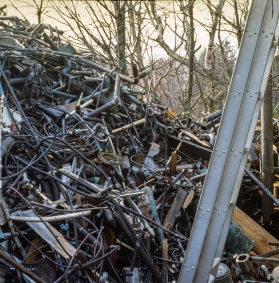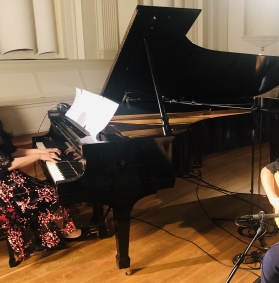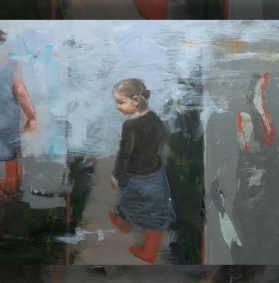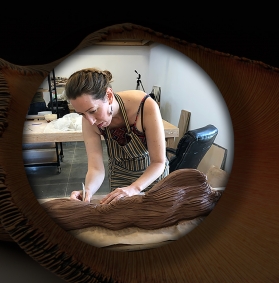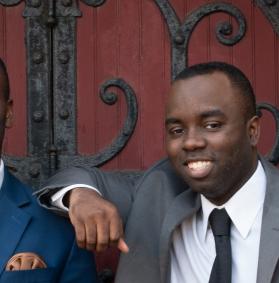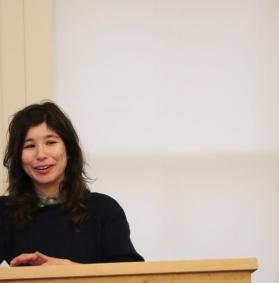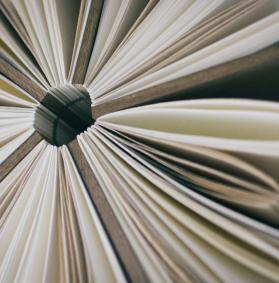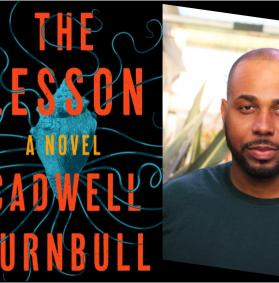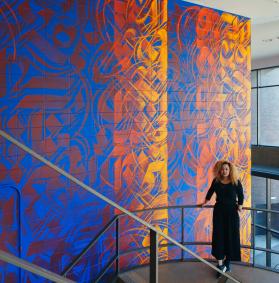Sculptor Ann Hirsch started a Somerville-based sculpture studio for public art ten years ago and recently co-founded the partnership A+J Art+Design with Jeremy Angier and works out of Mad Oyster Studios. Her artwork embodies a unique approach to sculpture in bronze by going beyond the traditional statue with interactive site design and the incorporation of community engagement into design and fabrication. She teaches at Rhode Island School of Design.
Ann Hirsch, interviewed by Kerrie Kemperman
How did you get into public art and sculpture?
I started drawing early and had my first figure drawing class when I was in high school but I wasn’t exposed to sculpture until I was a college freshman in NYC. I immediately took to working in clay and to NYC’s many monuments and sculptures in public spaces. I can remember seeing Anna Hyatt Huntington’s monumental Joan of Arc in Riverside Park for the first time and being totally struck by that sculpture and the way it connects to its site overlooking the Hudson River. I got into public art later and while there are many skill-sets involved in the practice, the physical processes of making sculpture have always been central for me.
Please tell us about a current or recent project you've been working on.
What interests or excites you about it?
Last year A+J Art+Design was commissioned to install a temporary installation in foam in Toronto while also completing and installing a permanent public artwork in bronze for one of Boston's oldest public spaces, North Square. It was exciting to have the experience of making the two projects, one temporary and one permanent, in two such different cities and media. Temporary public art can spark transformative conversations in the present while 'permanent' public art often has the difficult task of addressing the past, present and future. Looking ahead, I’m excited about combining these two perspectives. I’m also inspired by how much the current national conversation about monuments with figurative sculptures/statues attests to the enduring potency of this form of public art, whatever a specific work expresses.
Could you explain a little about your process?
It's always a little different depending on what I’m doing but the sequence usually
involves the following: research and model-making, technical and administrative
planning, sculpting and fabrication and finally installation, with collaboration at
many important stages along the way.
How has your relationship with your craft evolved over time? What has surprised you about your field?
It’s hard to imagine now but I started making sculpture before the internet and before digital communication. Now public art exists in parallel in both physical and digital spaces through social media. When we installed the temporary public artwork SOS (Safety Orange Swimmers) about the migration crisis, the Instagram account @SOSswimmers gave us access to all the different ways the public was interacting with the work - online and in person - along with the ability to extend the reach of the work. Social media can’t replace the experience of an artwork in real space but it’s changed how we look at and share that experience. I'm embarrassed to admit that a
while ago a friend told us SOS had been 'upvoted' on Reddit over  14,000 times and
14,000 times and
I said: “What’s Reddit?”!
It’s a privilege to be able to do what I do because every project opens up a new world, sometimes while bringing me closer to members
of my community. A few years ago, I was commissioned to make an over lifesize sculpture of a really interesting early 20th century Polish boxer named Stanley Ketchel. I was thrilled because not only do boxers have ancient roots in sculpture but also, boxing was the favorite sport of a grandfather who passed away before I was born and learning about boxing through that project was a way for me to connect with him. I’d never even been to a boxing match before that time so I had everything to learn. Locally-based ESPN editor Andres Ferrari really helped with research but I also headed over to the Somerville Boxing Club on Otis Street where they 'showed me the ropes'. If it weren’t for that project I probably would never have known about our
local boxing club.
I am especially fascinated in both your women's suffrage monument proposal, and in the Anna Bissell monument in Grand Rapids, MI. Is it possible that the suffrage monument could be accepted for another location sometime? How did you come to create the Anna Bissell monument?
This year is the centennial of the passage of the 19th Amendment and it’s an important moment to celebrate the achievement of Women’s Suffrage. But it’s equally important to recognize how far we still have to go in the fight for voting rights and against voter suppression. I’m excited to see more women represented in public art because representation in this way, as in the voting booth and in all ways, really matters. And I’m glad for opportunities to be a part of discussions on issues I’m passionate about and to contribute where I can like when I was commissioned to make
the sculpture of Anna Bissell to draw attention to this county’s first female C.E.O. It
couldn't have been more meaningful that the first female mayor of Grand Rapids
delivered a speech at the dedication.
To be shortlisted for NYC’s Central Park suffrage monument was quite an honor. Since my design was site- specific, it’s hard for me to see it in another location, but who knows. I do know that I’ll continue to explore some of the approaches I developed in that process. I like to share proposals like the one I made for the suffrage monument because I think of them as works of art in their own right.
Please tell us a bit about your background, and what brought you to Somerville.
I’ve been a Boston-area resident for over 15 years and before that I was a New York City resident for almost that long. New York was a great place to go to school and to develop but it was difficult to afford work space and time there. It took a little less than a year to find a studio space and a community here in Somerville. These days, I’m worried that Somerville is an increasingly difficult city for young artists to get their start in and for many different longtime Somerville communities to continue to afford to live, much less to thrive.
What is your favorite Somerville restaurant, diner, or cafe? (If you have one.)
Olde Magoun’s Saloon (Magoun Square) has the best chili. I love the pupusas at Maya Sol (East Somerville), salad bowls at NU Kitchen (Union Square) are really delicious and everything at Momo N Curry (across from Market Basket) is great, for a start...
Where can we visit your work?
In Boston, you can see my work at Boston City Hall Plaza (the Bill Russell Legacy Project) and in North Square in the North End (North Square Stories made in partnership with Jeremy Angier as A+J Art+Design).
Find more of Ann's art at:
annhirschstudio.com
aandjartanddesign.com
[Image filenames + credits:]
- Artist photo: © Darren Cole 2018
- Sarasota.jpg: Ann Hirsch Sculpture Studio, Home, (detail and work in progress), Patriot Plaza East Entryway, Sarasota National Cemetery, Sarasota, FL 2014 (© Sean Harris 2014)
- BillRussellLegacyProject.jpg: Ann Hirsch Sculpture Studio, Bill Russell Legacy Project, Boston City Hall Plaza, Boston, MA 2015 (© Ann Hirsch 2015)
- c-Anthony-Crisafulli.jpg: A+J Art+Design, North Square Stories, detail of the Fantastical Historical Nautical Instrument, North Square, Boston, MA 2019 (© Anthony Crisafulli 2019)
